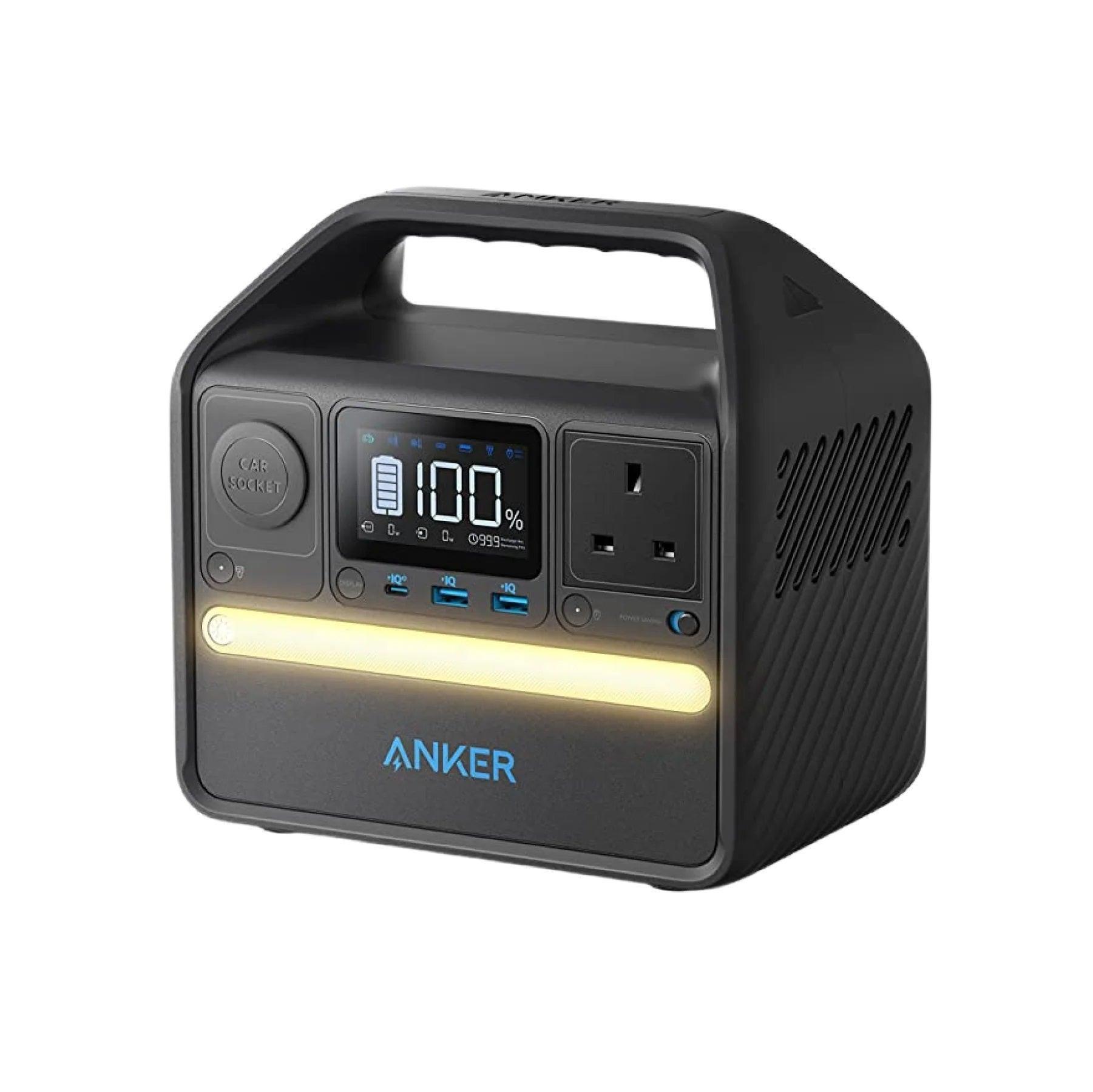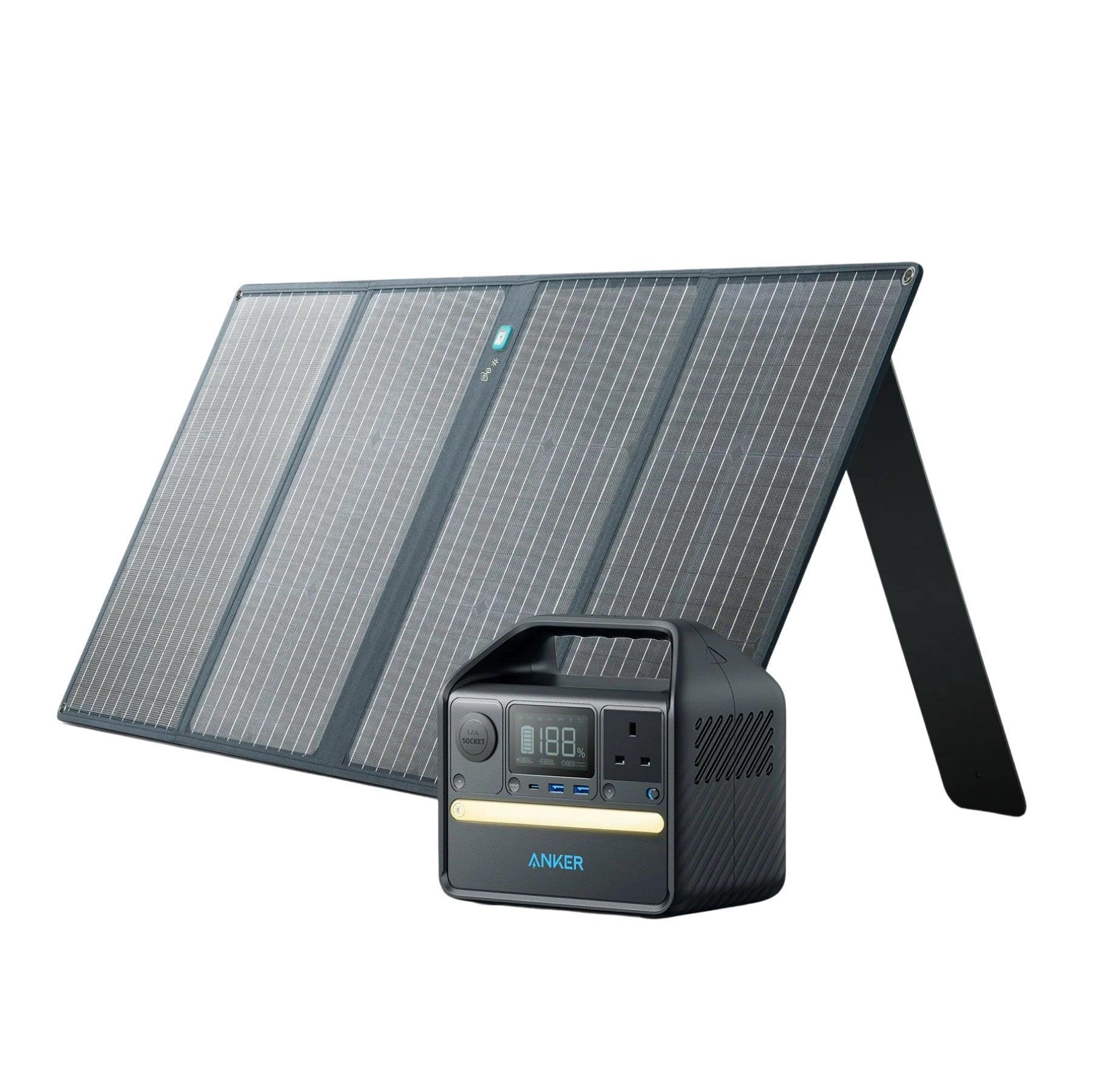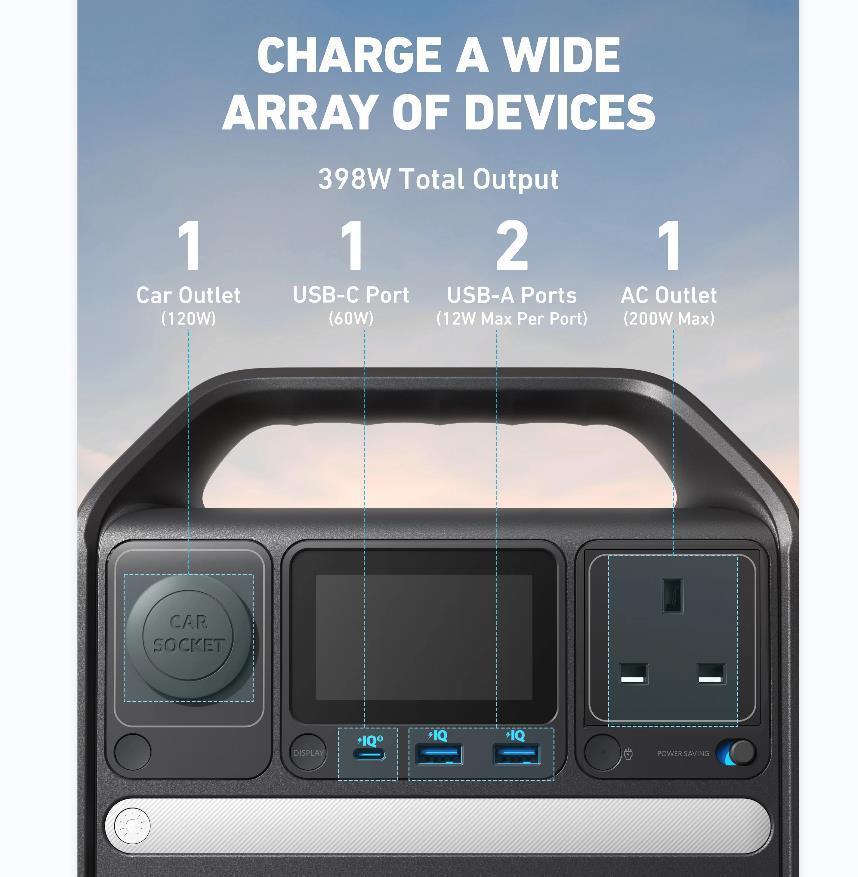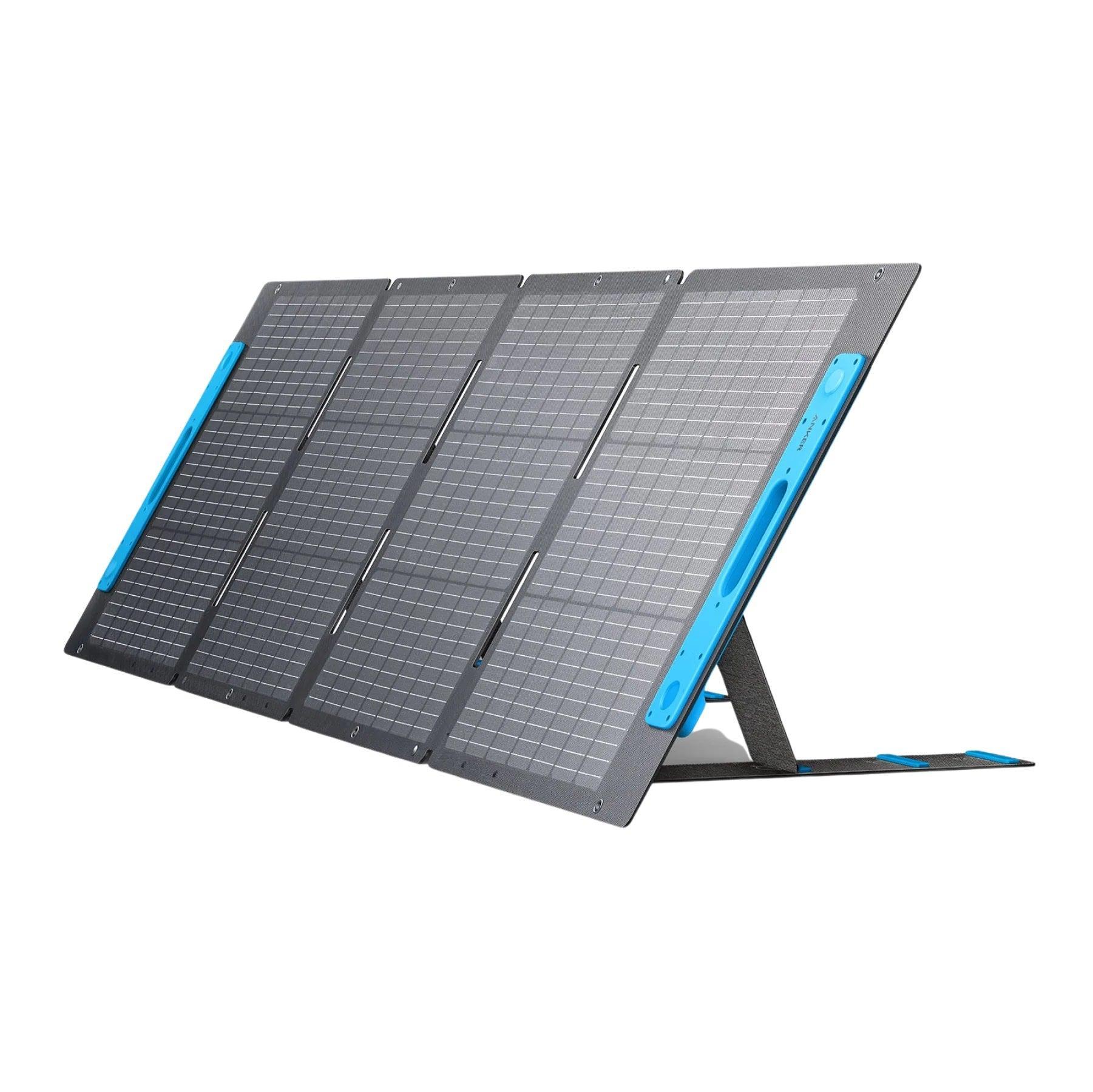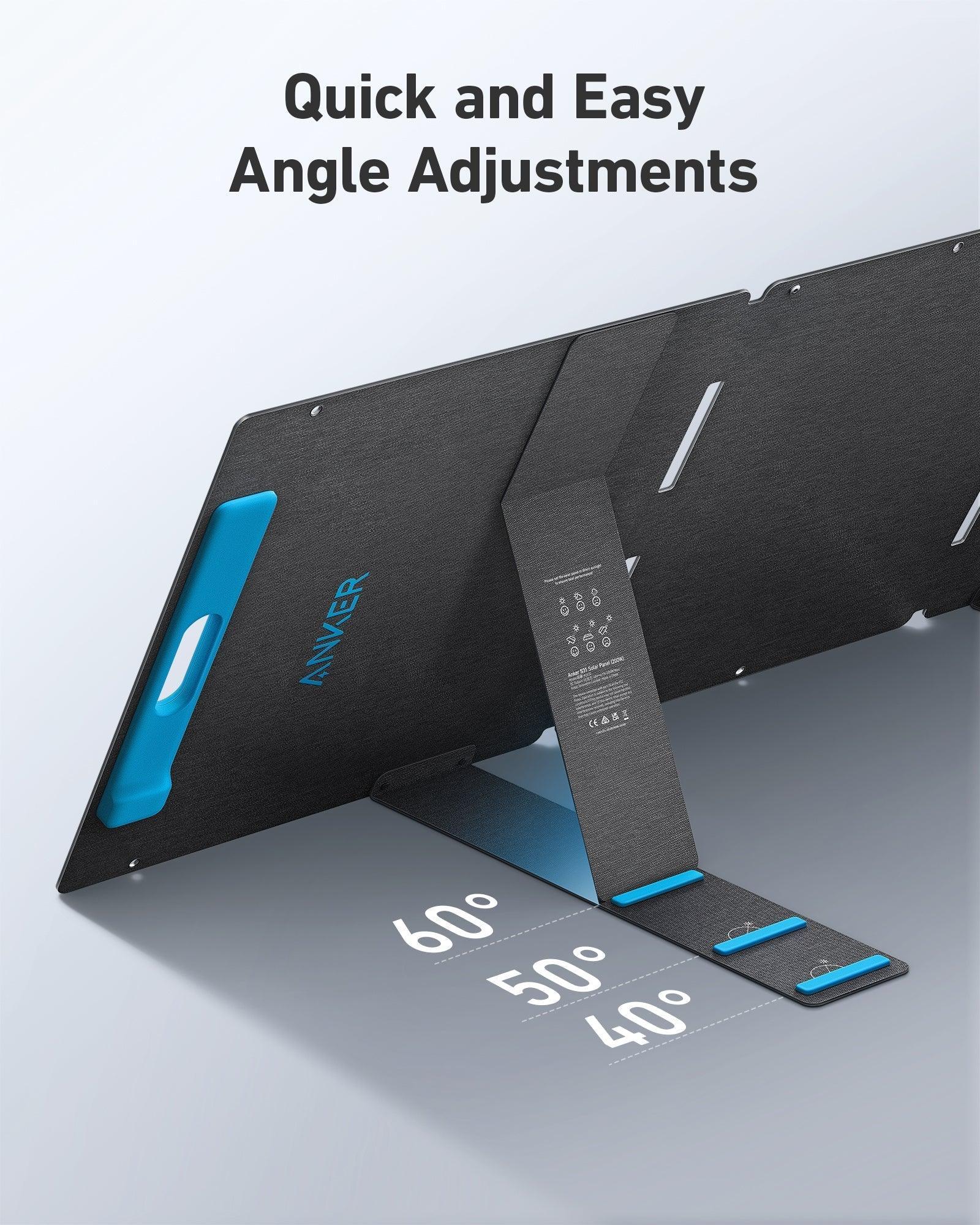As the demand for renewable energy continues to grow, scientists and engineers are constantly exploring innovative ways to harness solar power. One exciting development in the field of solar technology is the advent of transparent solar panels. These revolutionary panels have the potential to transform everyday surfaces, such as windows and electronic devices, into energy-generating powerhouses. In this blog, we will delve into the world of transparent solar panels, exploring what they are, how they work, and the pros and cons of their implementation.

What Are Transparent Solar Panels?
Transparent solar panels, as the name suggests, are photovoltaic cells that allow visible light to pass through while simultaneously harnessing energy from sunlight. Unlike conventional solar panels, which are opaque and obstruct the transmission of light, transparent solar panels offer the possibility of integrating solar technology into various surfaces without compromising their transparency. There are two main types of transparent solar panels: partial transparent and fully transparent.
Fully Transparent Solar Panels
In 2014, researchers at Michigan State University made a breakthrough by creating a transparent luminescent solar concentrator (TLSC) using an organic salt that selectively absorbs ultraviolet and infrared light while allowing visible light to pass through. This technology was further advanced in 2020, resulting in the production of solar glass with full transparency. These fully transparent solar panels offer an impressive 86% transparency, allowing them to blend seamlessly with windows and other transparent surfaces.
While fully transparent solar panels show great promise, they are based on organic materials, which can lead to rapid degradation over time. This factor presents a challenge that researchers are actively working to address in order to enhance the durability and longevity of fully transparent solar panels. Additionally, their potential conversion efficiency rate can reach up to 10%.
Semi-Transparent Solar Panels
German solar equipment company Heliatek has made significant strides in the development of semi-transparent PV panels. These panels offer approximately 60% transparency while maintaining a conversion efficiency rate of around 7.2%. The construction of semi-transparent cells involves using an ultra-thin layer of semiconductor material positioned between two sheets of glass, each only a few microns thick. This design allows visible light to pass through while capturing solar energy.
One notable advantage of semi-transparent solar panels is their ability to limit the amount of solar heat that enters a building. By selectively absorbing certain wavelengths of light, they can help reduce heat buildup and minimize the need for additional cooling systems. This characteristic makes them particularly suitable for applications in architecture, where balancing transparency and thermal management is crucial.
Both fully transparent and semi-transparent solar panels offer unique advantages and applications. Partial transparent solar panels possess a moderate level of translucency, allowing light to pass through while still maintaining some visible transparency. These panels are commonly used in applications where aesthetics and functionality are equally important, such as in building-integrated photovoltaics (BIPV) or solar windows.
On the other hand, fully transparent solar panels are designed to be nearly invisible to the naked eye. These panels absorb ultraviolet and infrared light while allowing visible light to transmit through them. Their potential applications are vast, ranging from consumer electronic devices to automobile sunroofs, where solar power can be harvested without altering the appearance or functionality of the products.
As advancements in clear solar panel technology continue, it is expected that both types of panels will undergo further improvements, enhancing their efficiency, durability, and overall performance.
How Do Transparent Solar Panels Work?

The functioning of transparent solar panels relies on advanced materials and design. These panels typically consist of multiple layers deposited onto a transparent substrate. The core of the panel is composed of absorptive semiconductor materials that generate an electric field when excited by sunlight. This electric field causes current to flow, which is then extracted through transparent electrodes connected to an external circuit.
To maximize the absorption of solar energy, additional coating is incorporated. These layers may include a back layer to reflect selected wavelengths of sunlight back into the absorptive layers, as well as anti-reflective coatings on the outer surfaces to reduce reflections and increase efficiency. The strategic design of clear solar panels allows them to absorb ultraviolet and infrared light while allowing visible light to pass through.
Transparent Solar Panels vs. Traditional Solar Panels

Solar energy has become an increasingly popular source of clean and renewable power. While traditional solar panels have been widely used, the emergence of transparent solar panels offers new possibilities and advantages. Let's compare transparent solar panels with traditional solar panels, considering their applications in solar generators and solar portable power stations.
1. Efficiency:
- Traditional Solar Panels: Traditional solar panels typically have higher efficiency rates compared to transparent solar panels. They are designed to maximize energy conversion from sunlight and can achieve conversion efficiencies of 15% to 20%.
- Transparent Solar Panels: Transparent solar panels, although improving rapidly, currently have lower conversion efficiency rates. Fully transparent panels have conversion efficiency rates of around 10%, while semi-transparent panels have efficiency rates of approximately 7%.
2. Aesthetics and Design:
- Traditional Solar Panels: Traditional solar panels are opaque and have a characteristic blue or black appearance. Their installation can sometimes affect the visual appeal of buildings or structures.
- Transparent Solar Panels: Transparent solar panels offer a distinct advantage in terms of aesthetics. They can be integrated seamlessly into architectural designs, windows, and other surfaces while allowing light to pass through. This feature makes them more visually appealing and suitable for applications where maintaining transparency is essential.
3. Flexibility of Application:
- Traditional Solar Panels: Traditional solar panels are rigid and require a stable mounting structure, limiting their application to specific surfaces and locations.
- Transparent Solar Panels: Transparent solar panels are more flexible in terms of application. They can be applied to various surfaces, including windows, building facades, and electronic devices, expanding their potential use cases and enabling solar energy generation in unconventional ways.
4. Solar Generators and Portable Power Stations:
- Traditional Solar Panels: Traditional solar panels are commonly used in solar generator and portable power station. They provide a reliable and efficient means of generating electricity, especially for off-grid or remote areas.
- Transparent Solar Panels: Transparent solar panels are also being explored for use in solar generator and portable power station. While their lower conversion efficiency may affect the overall power output, their integration into windows or surfaces of these devices can enhance their functionality by capturing ambient light and prolonging battery life.
In summary, traditional solar panels excel in terms of efficiency, while transparent solar panels offer advantages in aesthetics, design flexibility, and integration into various surfaces. Both have their applications and suitability depending on specific requirements and priorities. As technology advances, transparent solar panels are expected to improve in efficiency and become more competitive in the energy market, opening up new opportunities for clean energy generation.
The Future Application of Transparent Solar Panels

The future application of transparent solar panels holds significant potential for revolutionizing various industries and addressing energy needs. Here are some key areas where transparent solar panels could find wide application:
- Buildings and Architecture: Transparent solar panels can be integrated into building facades, windows, and skylights, transforming them into energy-generating surfaces. This innovation allows for sustainable and self-sufficient buildings that generate electricity while maintaining transparency.
- Consumer Electronics: Transparent solar panels can be incorporated into electronic devices such as smartphones, tablets, and wearables. This integration would enable these devices to harness solar energy from ambient light, increasing their battery life and reducing the need for frequent charging.
- Transportation: Transparent solar panels can be applied to the windows and surfaces of vehicles, including cars, buses, trains, and even aircraft. This integration would enable on-the-go energy generation, potentially reducing reliance on fossil fuels and extending the range of electric vehicles.
- Greenhouses and Agricultural Structures: Transparent solar panels can be utilized in greenhouse structures to capture sunlight for both energy generation and plant growth. This dual-purpose application can enhance sustainability in agriculture by providing renewable energy while optimizing growing conditions.
- Public Infrastructure: Transparent solar panels can be incorporated into various public infrastructure, such as bus stops, streetlights, and noise barriers. These installations would generate clean energy, reducing reliance on the grid and enhancing sustainability in urban environments.
As research and development in solar panel transparent technology continue to advance, the potential applications are likely to expand further, driving the adoption of renewable energy in diverse sectors and transforming the way we interact with our environment.
Conclusion
Transparent solar panels represent a significant advancement in solar technology, offering a unique combination of aesthetics, versatility, and energy generation. With the ability to seamlessly integrate into various surfaces while maintaining transparency, these panels hold tremendous potential for transforming our buildings, devices, and vehicles into sustainable energy sources. While there are challenges to overcome, ongoing research and development are expected to further improve the efficiency and cost-effectiveness of transparent solar panels, bringing us closer to a future powered by transparent solar energy.
[ddshopfaq-59453]

